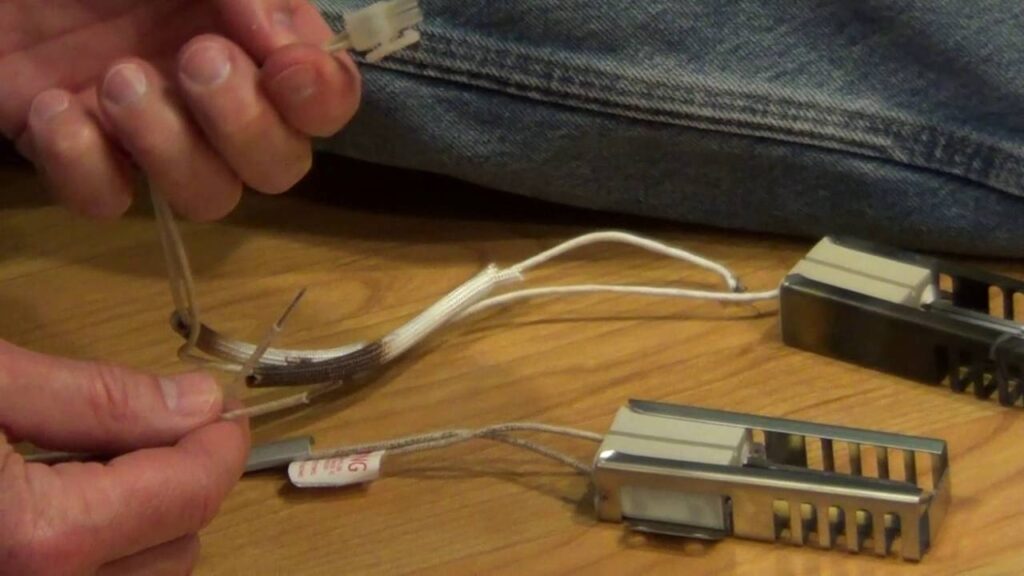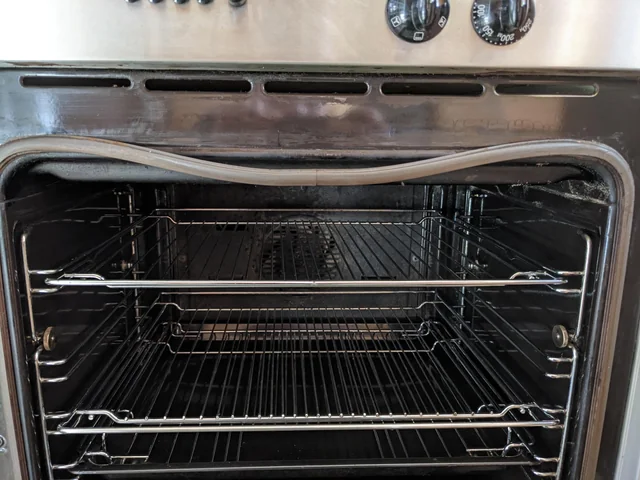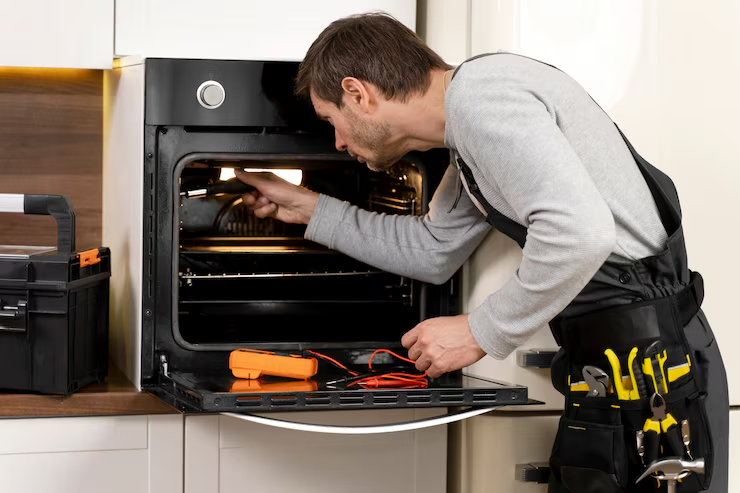Nothing disrupts dinner plans like an oven that just won’t heat up. Whether you’re gearing up for a family meal or just trying to reheat leftovers, it’s frustrating when your appliance lets you down. Before you call in the professionals, though, there are a few things you can check and possibly fix yourself. Let’s walk through some of the most common reasons why ovens stop heating and what you can do about it.
Start with the Basics: Power and Settings
First things first, don’t overlook the obvious. Double-check that your oven is plugged in and the circuit breaker hasn’t tripped. Sometimes, the solution really is as simple as flipping a switch or resetting a breaker. Also, confirm that the temperature and cooking settings are correct—sometimes, a small oversight can mimic a bigger problem.
Faulty Heating Element

For electric ovens, the heating element is usually the main culprit. Open your oven and look for the thin, glowing rod at the bottom (for bake) or at the top (for broil). If it’s cracked, blistered, or just not glowing red when the oven’s on, it probably needs replacing. You can usually find a replacement at most appliance stores. Just be sure to unplug the oven and let it cool before swapping the element out—a little caution goes a long way.
Gas Igniter Issues

If you have a gas oven, the igniter is what gets the heat going. Over time, igniters can wear out and fail to ignite the gas. If your oven clicks but doesn’t light, or if the burner takes forever to get going, this might be the issue. Replacing an igniter isn’t too complicated for someone comfortable with basic tools, but if you’re not confident, it’s better to leave it to a professional (gas repairs can be risky).
Thermostat Troubles

Sometimes, the oven’s thermostat goes haywire and stops sending the right signals. You may notice that your oven’s temperature seems way off, even after you set it correctly. If you have an oven thermometer, compare it with the oven’s display. If there’s a big difference, recalibrating or replacing the thermostat may solve the problem. This fix is usually best handled by an expert, but you can still give it a try if you’re feeling handy.
Broken Door Seal

A damaged door gasket (the rubbery strip around your oven door) can let heat escape, making your oven work harder and heat unevenly—or not at all. Check for cracks, tears, or sagging. Replacing the seal is generally a quick DIY fix, and it can make a surprising difference.
Control Board Glitches
In modern ovens, a faulty control board can throw everything off. You might see error codes or have unresponsive buttons. Unfortunately, this issue is often a little too technical for a quick DIY, but diagnosing it yourself can help you explain the problem if you decide to call for help.
When to Call the Pros
There’s no shame in calling a technician—especially if you’re dealing with gas lines, wiring, or if you just can’t pinpoint the problem. Professional help is only a click away, and our experienced team is ready to get your kitchen back on track. If the fixes above haven’t solved your oven woes, reach out through our contact page for fast, friendly service.

